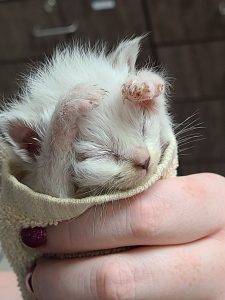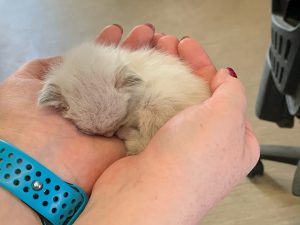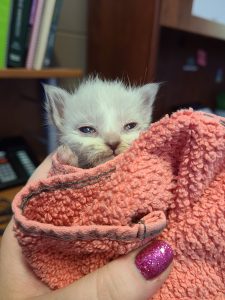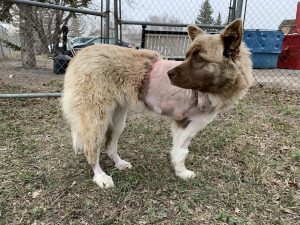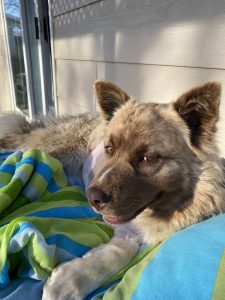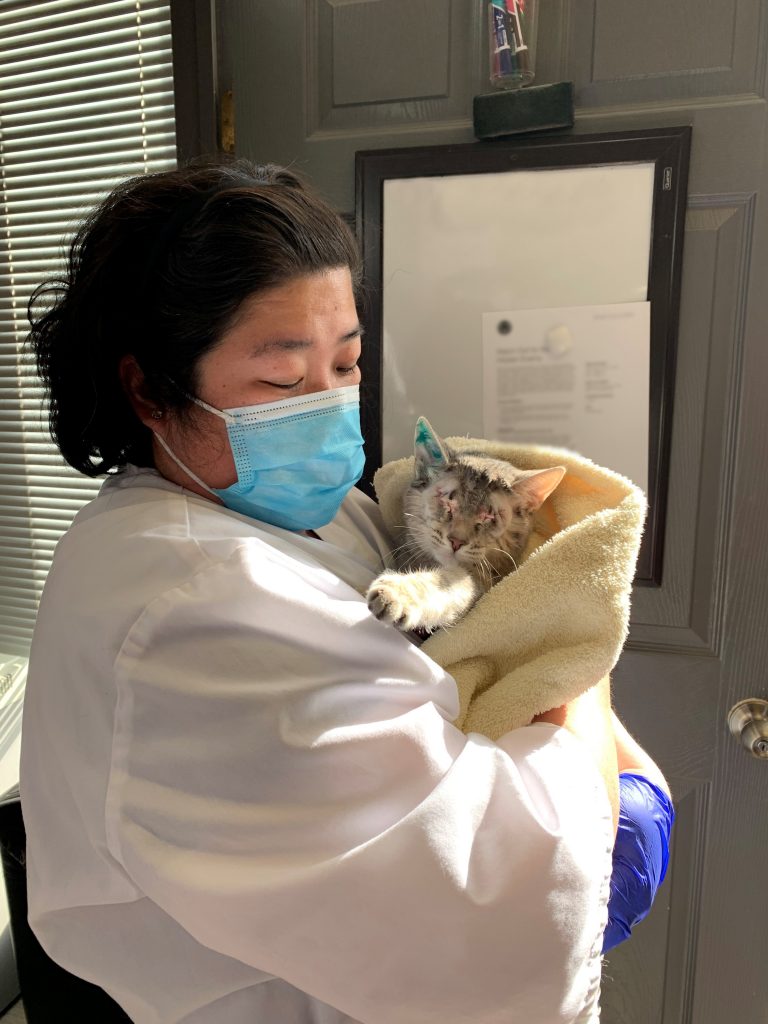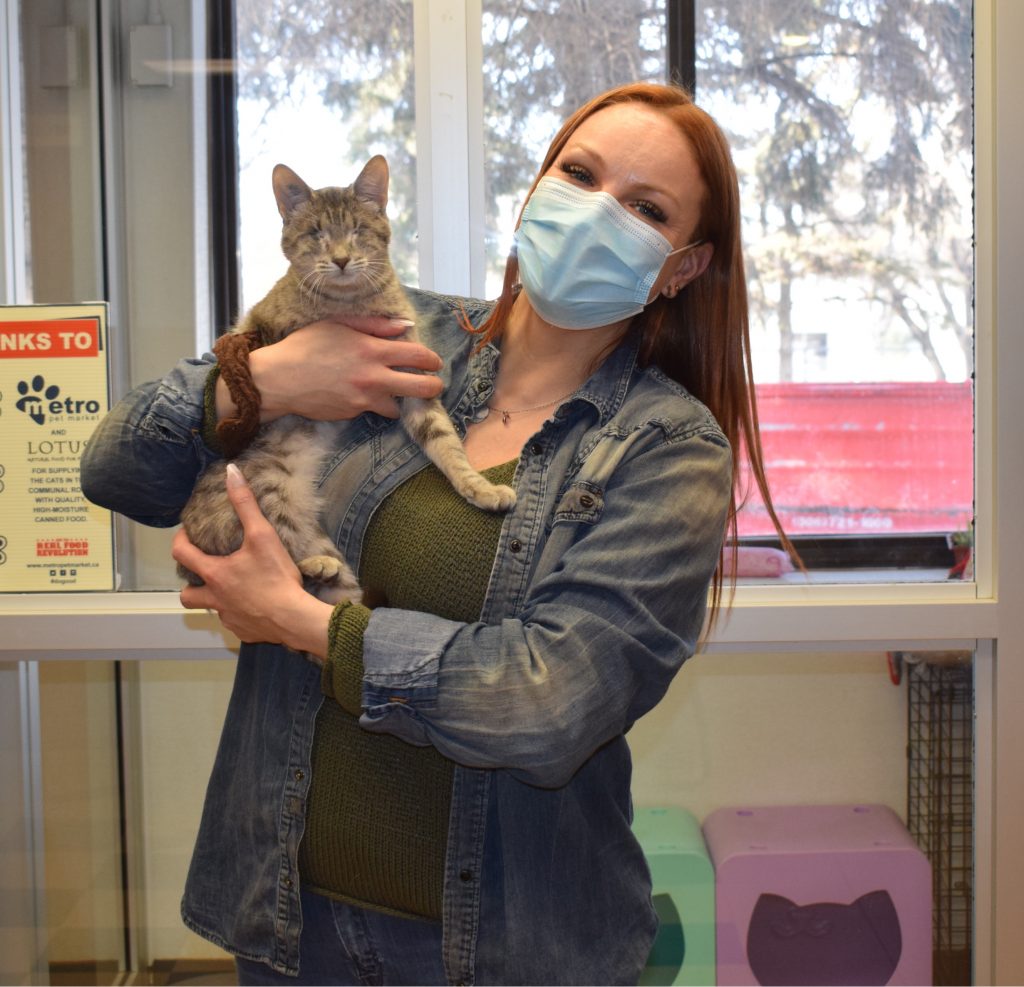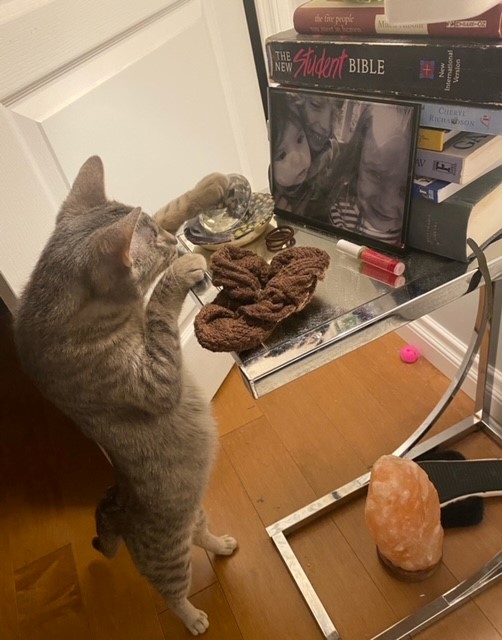The warmer weather of summer brings the opportunity for all kinds of fun outdoor activities with our pets. An outing to the lake, taking a long hike in the woods or even hanging out in the backyard can all be a blast for you and your pet, but they can also bring opportunities for exposure to some harmful and dangerous substances.
Here are some of the more common hazards you may encounter that can cause some problems for your pet.
Sunscreen
It is always a good idea for you to slap on some sunscreen if heading out in the sun. You can do the same for your pet, particularly if they have a thin coat or perhaps were recently shaved for some veterinary procedures. However, what is good for you isn’t necessarily good for your pet. If you do want to put sunscreen on your pet, be sure it is one that is specially formulated for pets. Consult with your veterinarian about which sunscreens would be best for your pet. Sunscreens containing zinc oxide or para-aminobenzoic acid (PABA) can be particularly damaging to your pet if ingested.
Plants
Exercising your green thumb can be one of the summer’s great pastimes, but it can also expose your pet to plants and bulbs that can be toxic if ingested. Bulbs such as those from lilies, tulips and daffodils, contain a variety of toxic chemicals. Dogs and cats can get into bags of unplanted bulbs or dig up and eat freshly planted bulbs, especially when tasty blood or bone meal fertilizers have been used. Other plants including hops, leeks, onions, chives, tomato plants, begonias and hosta can also be a problem.
Symptoms range from vomiting and diarrhea to seizures. In severe cases, ingestion can lead to death.
Fertilizers and Herbicides
Besides plant materials, the use of chemical fertilizers, herbicides, insecticides, and pesticides can also be a problem for your pet. Do some research for pet-friendly options in spaces where your pets have access. If you have any questions about which products to use, consult with your veterinarian.
Flea, Ticks and Treatments
Ah, fleas and ticks…two of the not-so-joyful things of summer! If you’ve been walking in tall grass, around bushes or through the woods with your dog, be sure to give her a once-over when you’re done to see if any ticks have decided to hitch a ride as some ticks can carry and transmit diseases to your pet. If you find one, you can carefully remove it yourself, but be sure to remove the entire tick, including the head. Fleas are also freeloaders who like to travel on pets and can inflict itch-causing bites and even allergic reactions in some dogs.
There are over-the-counter tick and flea control medications available, however, treating cats with products intended for dogs can have serious and potentially fatal consequences and dogs that ingest large quantities of parasite control products may also suffer toxicity. It is always best to consult with your veterinarian before treating your pet for ticks or fleas.
Picnic Foods
Picnics are a favourite pastime for many, but unfortunately, some of the most common and delicious picnic foods can be poisonous for your dog. Ensure that Rover does not have access to the picnic basket or cooler and ensure they don’t get into the garbage afterward.
Here are a few foods to avoid:
- Cooked bones, like ribs, chicken and pork chops, can easily splinter when chewed by your dog; the splinters can cause damage when chewed and/or swallowed
- Corn on the cob can get lodged in the small intestine, and if it’s not removed surgically, can prove fatal to your dog
- Grapes contain a toxin that can cause kidney failure
- Alcohol can cause intoxication, lack of coordination, poor breathing and potentially even coma or death
Outside Water Sources
Just as you wouldn’t take a big gulp of water from a body of water that you might encounter when hiking (unless you are very familiar with it and know its safe), letting your dog do so is not advisable either. Flowing streams, ponds, lakes, stagnant puddles, dugouts and sewer retention ponds can be contaminated with various microscopic organisms that can make your dog sick.
If you are heading to an ocean, saltwater is also toxic for your dog when ingested. For some dogs, even a few mouthfuls of ocean water might give them diarrhea and consuming large amounts of saltwater can even be fatal.
You should always bring along fresh water for your dog to keep hydrated. If you can’t carry enough water for both of you then consider bringing a water filtration device to filter the water that you’ll come across. If you notice that your dog seems sick after drinking from an unknown water source, call your veterinarian for advice or to arrange a clinic visit.
By keeping the above summer hazards in mind, you and your pet can enjoy a long, happy and safe summer together!
